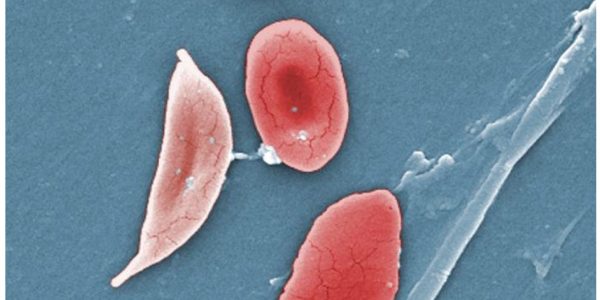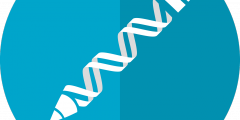Sickle cell disease and gene editing
January 12, 2024
Before the end of 2023, I had rarely heard of sickle cell disease (or anaemia). I knew it existed, but that was all. Then, around November and December, it was suddenly in the media spotlight, because UK and US health authorities approved a new therapy and because the new therapy used the still new and …
CRISPR, the Nobel, and women in science
October 9, 2020
I wrote my first blog post about CRISPR, gene editing or genome editing on 24 March 2015. It was entitled “From recombinant DNA to genome editing: A history of responsible innovation?” And I have written quite a few more blog posts about this new biotechnology since then. I knew that sometimes in the distant future …
Heritable Genome Editing: National and international governance challenges and policy options
July 27, 2019
This blog post has been co-authored with Achim Rosemann (University of Exeter). A shorter and slightly different version has been published by the BioMed Central ‘On Society’ Blog. *** Germline gene editing has become a hot topic in science and in society, after one Chinese scientist edited embryos in 2018, an experiment that a Russian …
CRISPR culture
March 15, 2019
CRISPR is a way of changing and replacing parts of DNA using enzymes like a pair of molecular scissors (of course things are more complex than this!). This new technology for ‘editing’ DNA, genes or genomes began to attract public attention between around 2012 and 2015. When I started to write about metaphors used to …
Making science by publicity stunt: The case of the CRISPR babies
November 29, 2018
Science is supposed to be a public, systematic, consensible, evidence-based and collaborative enterprise. It’s also supposed to be carried out responsibly, not recklessly. Making science in public and making science public are complex processes. Making public science normally doesn’t consist in presenting fellow-scientists and members of the public with a ‘fait accompli’. This is however …
CRISPR, unicorns and responsible language use
June 23, 2017
I was looking through my twitter timeline on 12 June, when I came cross a tweet by Dietram Scheufele which said “’bend nature to our will.’ #CRISPR frame in new #Doudna book might resonate differently across audiences […] #scicomm”. The tweet made reference to an article by Sharon Begley in STAT News about Jennifer Doudna’s new book, co-authored with Samuel Sternberg, A …









